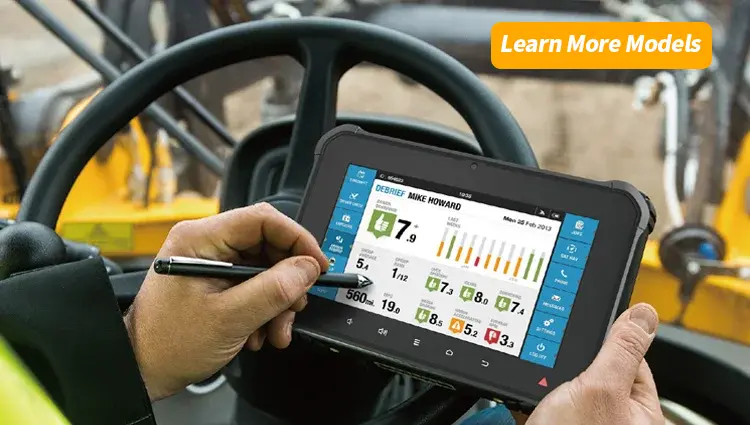Revolutionizing Dispatch: Unveiling the Power of Mobile Data Terminals in Emergency Services and Beyond
The mobile data terminal (MDT) or mobile digital computer (MDC) is a computerized device widely used across various sectors like emergency services, public transport, taxicabs, package delivery, roadside assistance, and logistics. Its primary function is to establish communication with a central dispatcher. Additionally, it aids in displaying pertinent information and maps relevant to the vehicle’s tasks, including CAD drawings, diagrams, and safety instructions.
These terminals typically feature a screen for viewing data, a keyboard or keypad for data input, and connections to peripheral devices like two-way radios and taximeters. Initially thin clients, MDTs have largely transitioned to full-fledged PC hardware, known as MDCs (Mobile Digital Computers), though the term MDT remains prevalent. Other terms used include MVC (Motor Vehicle Computer) and specific manufacturer names such as iMobile or KDT.
Technological advancements have seen a shift from custom-designed devices with specialized radios to ruggedized laptops and Wide-Area Wireless IP communications, predominantly using the Internet or private IP networks.
For specific industrial applications like commercial trucking, GIS, and agriculture, custom electronic hardware remains the preferred choice. These custom terminals boast I/O interfaces that directly connect to industry-specific equipment, providing durability, power supply protection, and reliable memory file systems, enhancing task efficiency and reliability.
Key features of these terminals include a wide input power range (9 VDC to 36 VDC), potential tablet convertibility, various ports for connectivity (such as serial ports for radio transceivers, digital I/O for monitoring external events, and removable media/I/O ports for data retrieval or software upgrades), and resistance to environmental factors like temperature, water, dust, and physical impact. They are designed to connect with industry-specific equipment, offering tailored display technologies for optimal viewing conditions (e.g., LCD, TFT LCD, Vacuum fluorescent display, CSTN).
Moreover, they come equipped with integrated uninterruptible power supplies, 802.11 transceivers, cellular transceivers for internet connectivity, and may fall under the classification of automatic vehicle location (AVL) devices, often integrated with GPS receivers and various radio devices.
In vehicular use, MDTs are securely mounted to ensure driver safety, device security, and user comfort. Specific installation protocols are followed for proper ergonomics, power, and communication functionality. Companies specializing in MDT installation design mounts suited for various mobile workspaces like automobiles, forklifts, boats, and planes, ensuring safe and consistent installations away from airbags, vehicle controls, and driver interfaces.
In the context of UK ambulance services, MDTs facilitate real-time data transfer between control rooms and operational vehicles. They aid ambulance crews by providing up-to-date CAD information, accurate incident location transmission, route plotting, and vehicle tracking for efficient resource dispatch. Additional functionalities include staff identification, status updates, two-way text communication, and specialized features like handling payments for contaminated uniforms. Further customization options can include entertainment apps or food delivery services for crews during standby periods.








